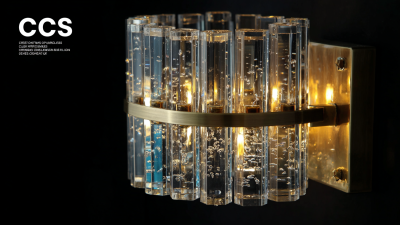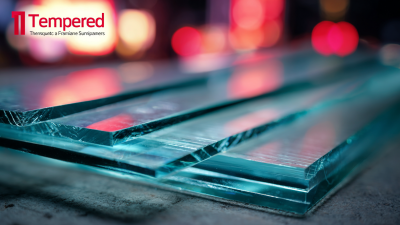
When selecting the ideal Kitchen Appliance Glass for your culinary needs, it's essential to consider both functionality and safety. According to a recent report by the Appliance Standards Awareness Project (ASAP), over 70% of consumers prioritize the durability and thermal resistance of glass in cooking appliances, emphasizing the need for materials that can withstand high temperatures without compromising performance. Furthermore, a survey from the National Kitchen and Bath Association indicates that 65% of homeowners are now integrating glass components into their kitchen designs, driven by trends toward modern aesthetics and ease of maintenance. With a myriad of options available, understanding the characteristics of different types of Kitchen Appliance Glass can significantly influence your cooking experience and overall kitchen functionality. As we delve deeper into this topic, we will explore key considerations, styles, and material specifications to help you make an informed decision.
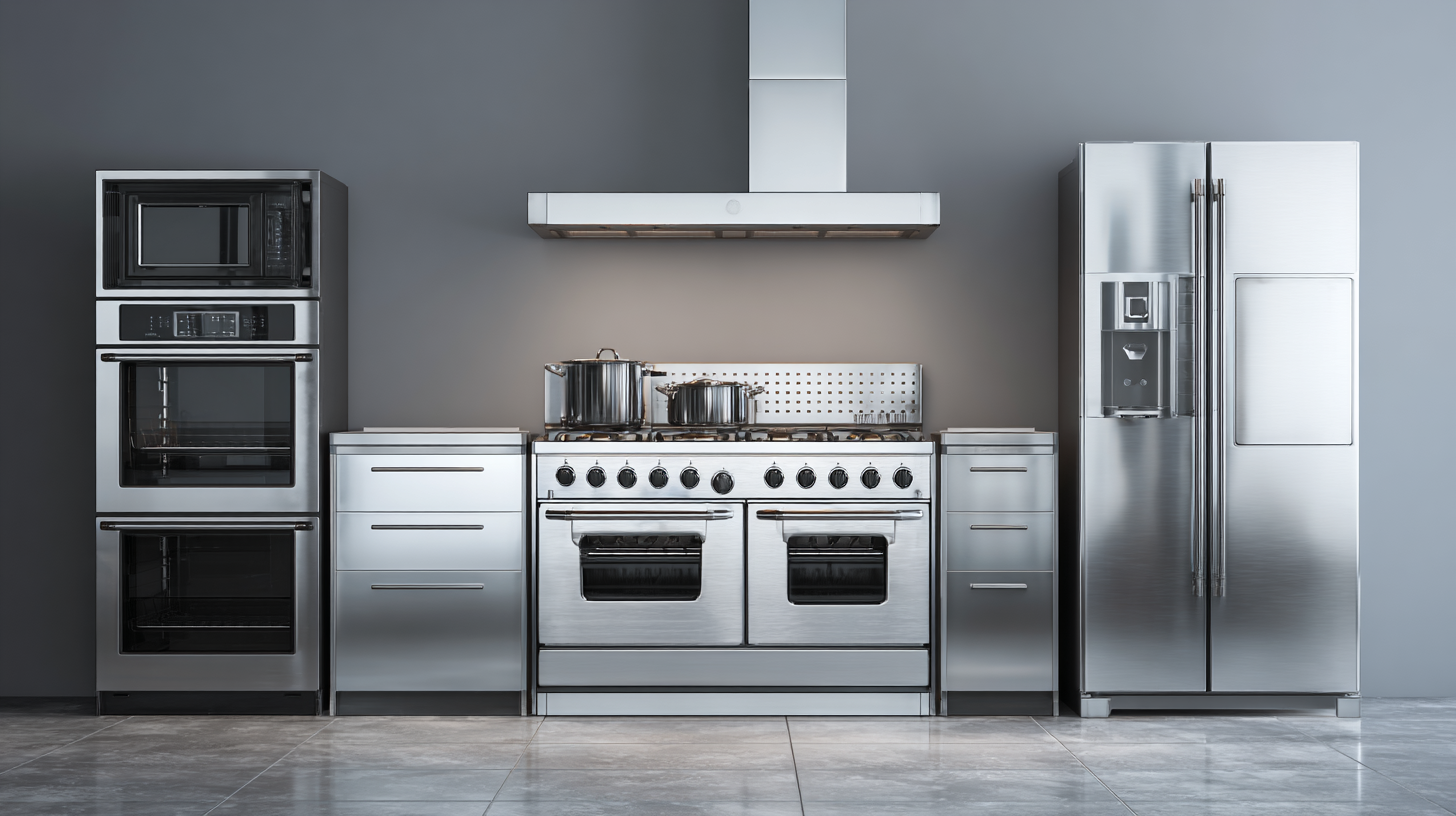
Choosing high-quality glass for kitchen appliances is essential not only for cooking efficiency but also for safety and aesthetic appeal. The global glass cookware market is projected to reach $588.14 million by 2024 and grow to approximately $709.27 million by 2032, reflecting a growth rate of 2.3% per year. This trend highlights the increasing demand for durable and safe materials in culinary settings. High-quality glass cookware provides superior resistance to thermal shock and ensures even heat distribution, which is vital for achieving optimal cooking results.
As the market for kitchen cabinets in Indonesia is expected to reach $2.39 billion by 2024, it is evident that consumers are prioritizing quality and modern design in their kitchen setups. The choice of materials, particularly glass, plays a crucial role in this transition. High-quality glass not only elevates the visual appeal of kitchen appliances but also contributes to food safety, reflecting the growing awareness of the importance of safe and hygienic cooking environments. With the compound annual growth rate projected at 7.52% from 2025 to 2032, the emphasis on quality materials will likely become a standard expectation in modern kitchens.
When selecting the right kitchen appliance glass, it's essential to understand the various types of glass materials available and their specific applications. Common types include tempered glass, borosilicate glass, and soda-lime glass, each with its unique properties. According to a report by the Glass Packaging Institute, tempered glass is known for its durability and heat resistance, making it ideal for ovenware and stovetop cooking. Borosilicate glass, on the other hand, is favored in laboratory settings due to its thermal shock resistance, but it is also becoming increasingly popular for kitchen use.
**Tips:** When choosing glass cookware, consider the maximum temperature it can withstand. Always check the manufacturer's recommendations to avoid thermal stress that could lead to breakage.
Soda-lime glass is the most common type found in everyday kitchen items, however, it is less durable than its counterparts. It is often used for storage containers and drinking glasses. In recent years, consumer trends indicate a growing preference for glass over plastic, driven by a desire for safer and more environmentally friendly cooking options. According to a study by the International Glass Association, over 70% of consumers believe that glass is a healthier choice for food storage and preparation.
**Tips:** Look for glass products that are labeled as microwave and dishwasher safe for added convenience.
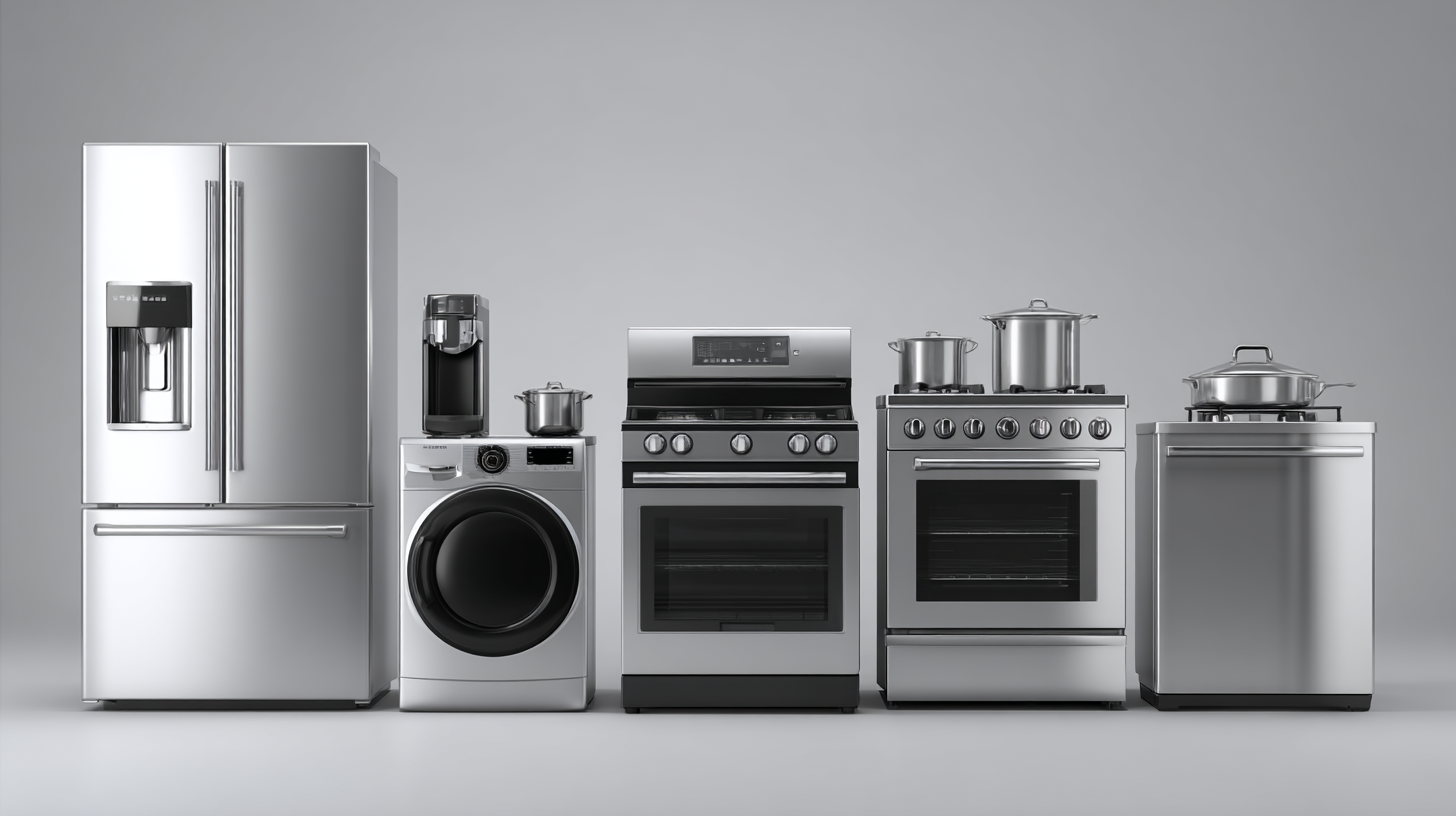
When selecting kitchen appliance glass, it is vital to evaluate heat resistance and safety standards. Cooking glass should be designed to withstand high temperatures to prevent breakage and ensure safety during use. Look for glass that is labeled as tempered or borosilicate, as these materials offer superior heat resistance. Always check for compliance with safety regulations, as meeting industry standards ensures that the glass can handle the demands of cooking without posing risks to your health or safety.
Tips:
By focusing on heat resistance and safety compliance, you can confidently select the right cooking glass that meets your culinary needs while maintaining a safe kitchen environment.
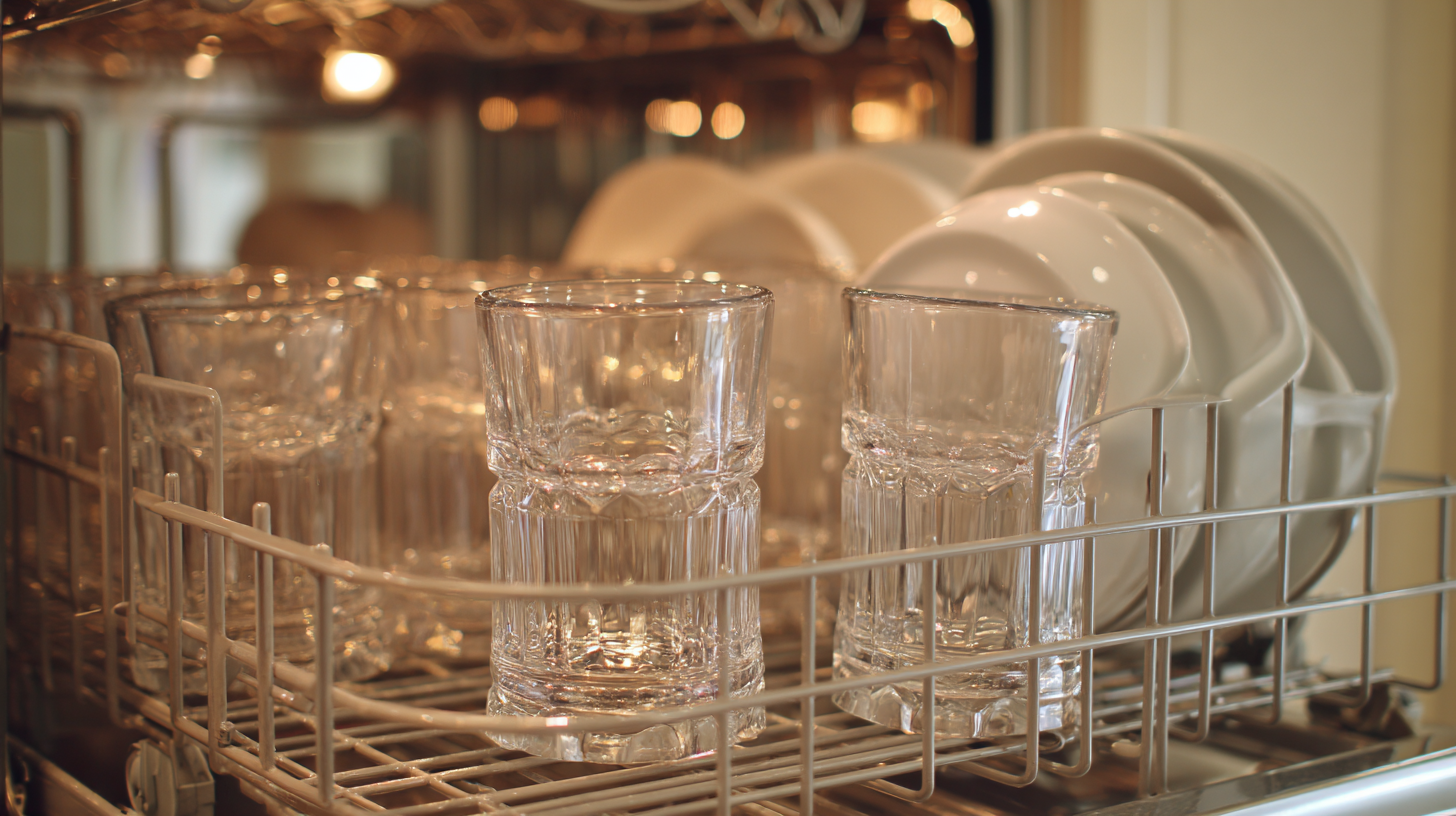 When selecting glass cookware, it's essential to consider the cooking techniques you plan to use. For baking, opt for tempered glass baking dishes, which can withstand high temperatures and provide even heat distribution. These dishes are excellent for casseroles and desserts, as they allow for easy monitoring of browning and caramelization. On the other hand, if you frequently use a microwave, look for glass containers specifically designed for microwave use, as they are intended to withstand rapid heating without breaking or warping.
When selecting glass cookware, it's essential to consider the cooking techniques you plan to use. For baking, opt for tempered glass baking dishes, which can withstand high temperatures and provide even heat distribution. These dishes are excellent for casseroles and desserts, as they allow for easy monitoring of browning and caramelization. On the other hand, if you frequently use a microwave, look for glass containers specifically designed for microwave use, as they are intended to withstand rapid heating without breaking or warping.
In addition to cooking methods, the compatibility of glass cookware with different kitchen equipment is crucial. For stovetop use, you may want to avoid glass cookware unless it is explicitly marked as stovetop-safe, as traditional glass can crack under direct heat. For slow cooking or simmering, heavy-duty glass pots are suitable as they distribute heat evenly and retain warmth while allowing for precise temperature control. Ultimately, the right choice hinges on understanding your cooking style and ensuring that your glass cookware aligns with both your techniques and the appliances you have at home.
When selecting kitchen appliance glass, assessing cost-effectiveness and durability is paramount for long-term use. A well-chosen glass not only enhances the aesthetic appeal of your kitchen but also significantly affects the longevity of your appliances. Research indicates that high-quality tempered glass can withstand extreme temperatures, which is crucial for cooking applications. For instance, it can endure thermal shocks better than standard glass, reducing the likelihood of breakage and replacement costs over time.
Tips:
- Look for energy-efficient qualities in glass products, as they can lead to substantial utility savings. According to industry analysis, energy-efficient appliances with high-performance glass can reduce energy consumption by up to 30%.
- Consider investing in glass that is resistant to scratches and stains, as these features contribute to lower maintenance costs and improved durability over time. A study showcases that high-performance glass can last significantly longer than regular options, providing a better return on investment.
Ultimately, choosing the right kitchen appliance glass with a focus on cost-effectiveness and durability ensures that you make a prudent investment that benefits your culinary space for years to come.
| Glass Type | Cost ($) | Durability | Heat Resistance (°F) | Best Uses |
|---|---|---|---|---|
| Borosilicate Glass | 30 | High | 500 | Oven, Microwave |
| Tempered Glass | 25 | Medium | 400 | Bakeware, Storage |
| Soda-Lime Glass | 15 | Low | 250 | Drinkware, Casual Use |
| Corningware Glass | 40 | High | 500 | Casserole, Oven |
| Pyrex Glass | 35 | High | 425 | Baking, Storage |




